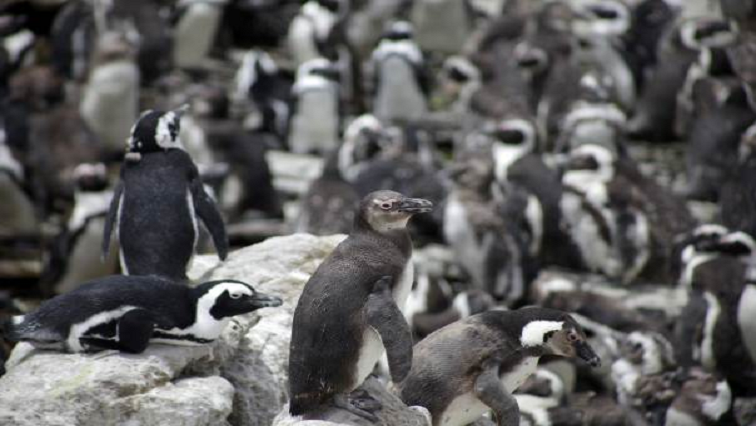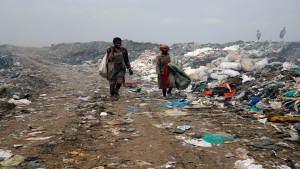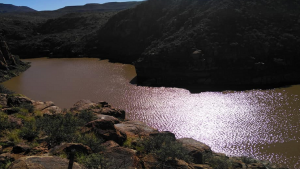Government has stepped in to try and save the African Penguin from extinction. An updated plan by the Environmental Affairs Department to halt the rapid decline of the birds in the wild is now open for public comment.
African Penguin species have declined by over 60% in the last 30 years.
The African Penguin is now classified as endangered by the International Union for Conservation for Nature. Africa’s only penguin is endemic to Namibia and South Africa.
Makhudu Masotla from the Department of Environmental Affairs says that the Draft Biodiversity Management Plan hopes to halt the decline of the species within a 5-year time frame.
“The BMP is put into place to actually create what we call a buffer zone where the penguins are breeding at the colony sites. The penguins will forage for only 20 kms outside their breeding zones. So if we can get an intervention whereby we create a buffer zone where no fishing will be permitted in those areas, it will actually give the penguins a fighting chance in terms of the threats they are facing.”
The South African population of African Penguins is found in three areas along the Western Cape coast. Their biggest threat to their survival is a scarcity of prey.
Dr Katta Ludynia, Scientist from SANCOB, says SA has the lowest ever recorded penguin breeding pairs.
“The situation is really bad; we have the lowest ever recorded penguin breeding pairs recorded. We are down to a number of around 13 000 breeding pairs which is horrific. So it is very important that we get the actions going and the new BMP does identify the threats very clearly and the main threat is a lack of fish in the ocean so the priority is to get more sardines in our waters to save the African penguin.”
Scientists say it will take a combined effort from everyone to save the African Penguin from extinction.
They say conservation agencies, NGOs and academic institutions; need to contribute to improve the conservation status of the species through research, rehabilitation and other activities.






